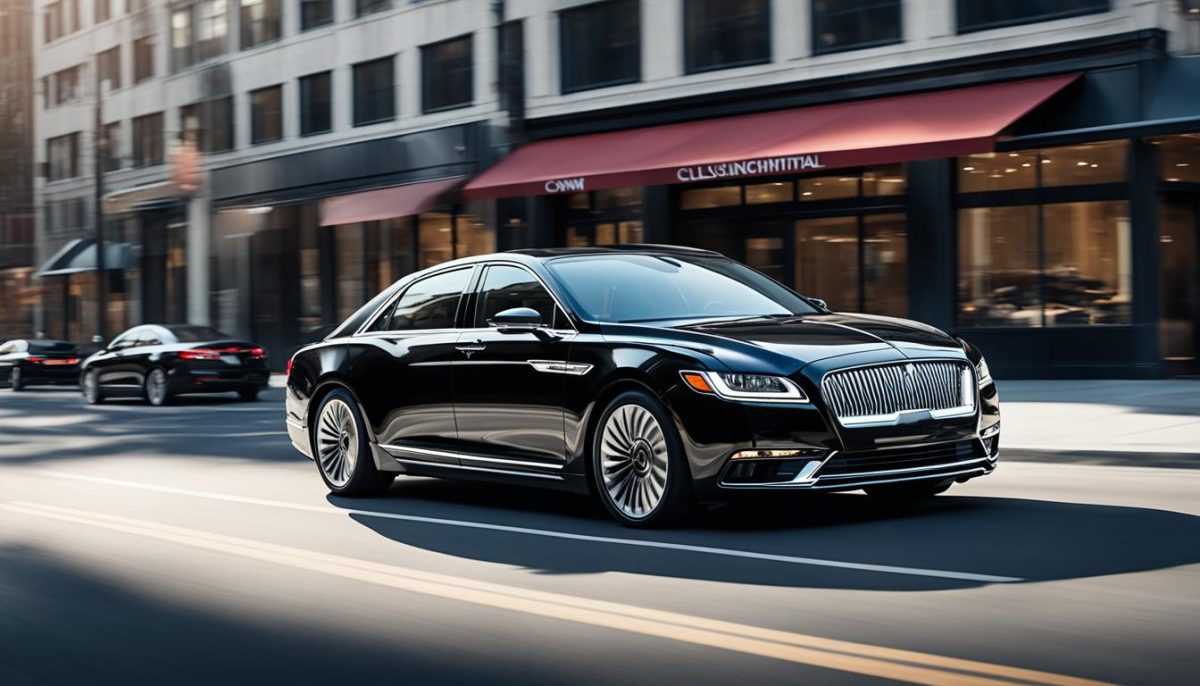On November 10, 1983, the Lincoln Division of the Ford Motor Company unveiled the newly designed Lincoln Mark VII, setting a new standard in American automotive luxury. This iteration of the Mark series distinguished itself with its European-inspired design, particularly evident in its sleek front end which significantly reduced wind resistance compared to its predecessors. The shorter wheelbase contributed to a lighter and more responsive driving experience, while the curved, wind-swept fenders and roof lines added a touch of sophistication that appealed to a wide range of drivers.
Features and Models

The Mark VII came equipped with a 302 cubic inch engine, four-speed automatic transmission, four-wheel disc brakes, and four-wheel air ride suspension, among other standard features like onboard Trip Minder Computer, air conditioning, and AM/FM stereo. Three models above the base model—Bill Blass, Gianni Versace, and LSC (Lincoln Sport Coupe)—offered various style and comfort options to cater to individual preferences.
Evolution of the Mark VII
- 1984-1985: Diesel Variant and Aftermarket Options In late 1984 and early 1985, a 2.4-liter diesel version of the Mark VII became available alongside the standard gasoline engine. Additionally, dealers offered aftermarket options such as convertible or Roadster conversions, expanding the customization possibilities for buyers.
- 1985: Standardization and New Options In 1985, all models adopted the American standard “above the fender third brake light,” enhancing safety measures. A new factory option, a mobile telephone, was introduced, reflecting advancements in technology. Furthermore, the aftermarket GTC (Grand Touring Coupe) conversion debuted, offering enhanced performance and aesthetic upgrades.
- 1986: Enhancements and Model Adjustments Introduced in October 1985, the 1986 Mark VII base model received enhancements including chrome lower body molding, a distinct hood ornament, and updated interior features. The lineup underwent adjustments, with the Gianni Versace model discontinued and focus placed on the base, Bill Blass, and LSC models. Notably, improvements were made to the LSC model’s engine and additional features were standardized across all variants.
- 1987: Minor Changes and Engine Variations In 1987, minimal changes were observed across the Mark VII lineup. However, a mid-year update introduced three different engines, including a high-output version producing 225 horsepower, setting the stage for a successful production year.
- 1988: Milestone Year and Standard Features 1988 marked a significant milestone for the Mark VII series, with the LSC model now boasting a standard 225 hp high-output engine. Both the LSC and Bill Blass models were generously equipped with standard features, leaving only a handful of options available for customization. Notably, the introduction of 16″ aluminum turbine wheels added to the model’s appeal.
- 1989-1990: Incremental Changes and Safety Upgrades In 1989, minor adjustments were made to the power steering ratio of the LSC model to improve handling. The following year, safety upgrades such as rear seat shoulder belts and a driver’s side safety airbag were introduced, aligning with evolving industry standards.
- 1991-1992: Final Iterations and Special Editions In 1991, the Bill Blass model received upgrades including an improved suspension and a high-output engine, while a new Special Edition (SE) Package debuted, offering unique paint schemes and exterior trim options. The 1992 model year saw no structural or cosmetic changes, with the introduction of a new color option and the gradual phasing out of certain features.
